Home>diy>Building & Construction>What Is Backfill In Construction
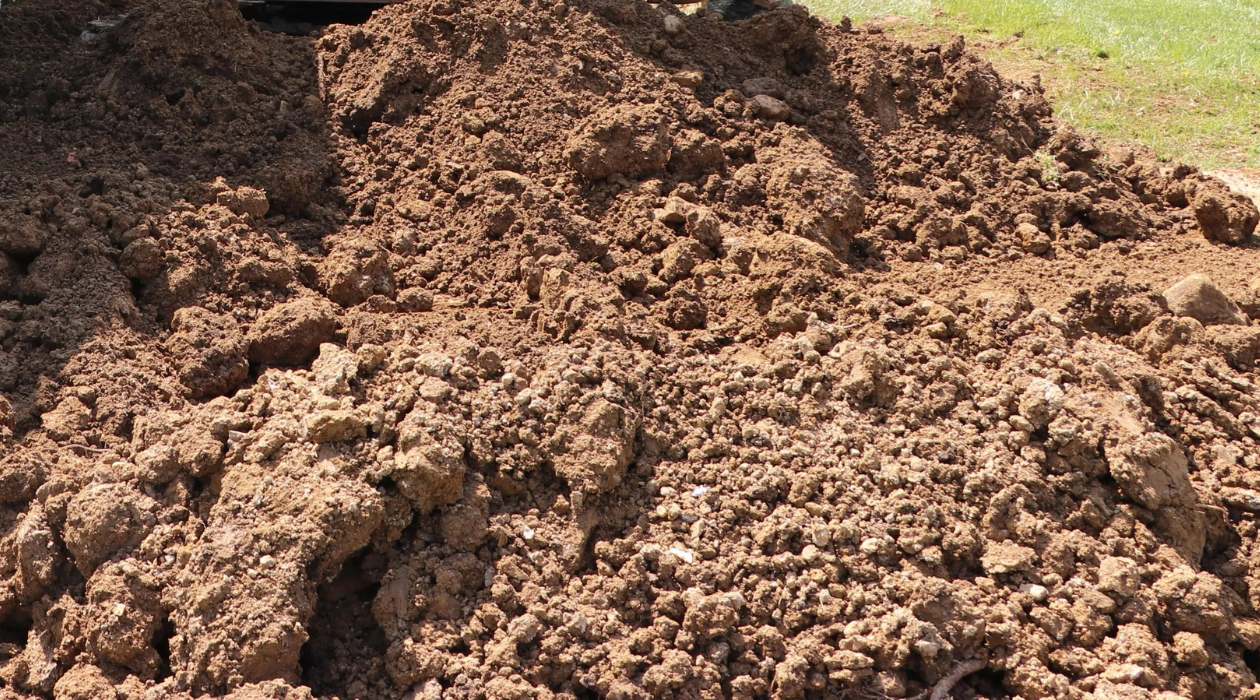

Building & Construction
What Is Backfill In Construction
Modified: October 20, 2024
Learn what backfill is in the construction industry and how it plays a crucial role in building construction. Find out its importance and methods used for proper backfilling.
(Many of the links in this article redirect to a specific reviewed product. Your purchase of these products through affiliate links helps to generate commission for Storables.com, at no extra cost. Learn more)
Introduction
In the field of construction, backfill plays a crucial role in ensuring the stability and integrity of various structures. Whether it is a building foundation, a retaining wall, or an underground pipe, proper backfilling is essential for providing support, minimizing settlement, and preventing potential damage.
Backfill refers to the process of refilling a trench or excavation with material after it has been excavated for construction purposes. This material is compacted in layers to create a solid foundation and to fill any voids or gaps, ensuring that the structure remains stable over time.
The backfilling process involves carefully selecting the appropriate materials and following proper techniques to ensure the longevity and safety of the construction. It is a critical step that cannot be overlooked, as improper backfilling can result in structural failure, subsidence, or other costly issues.
This article aims to provide a comprehensive understanding of backfill in construction. We will explore the definition of backfill, the importance of backfilling, different types of backfill materials, factors to consider when choosing backfill materials, the backfilling process, the significance of proper compaction, common issues and problems in backfilling, and techniques for proper backfilling.
By the end of this article, you will have a solid grasp of the role of backfill in construction and the factors to consider when undertaking backfilling projects. Let’s dive in and explore the world of backfill together.
Key Takeaways:
- Proper backfilling is essential for stability, preventing settlement, protecting utilities, controlling erosion, and supporting excavations. It ensures the longevity and safety of construction projects.
- Choosing the right backfill material and employing proper compaction techniques are crucial for creating stable, durable foundations and avoiding costly issues in the future.
Read more: What Is Construction
Definition of Backfill
Backfill, in the context of construction, refers to the process of refilling an excavated area or trench with suitable material to provide support and stability to a structure or to fill voids and gaps left by the excavation. It is an essential step in the construction process to ensure the integrity and longevity of a project.
When excavating for various construction purposes, such as laying foundations, installing utilities, or creating underground structures, a void or open space is created in the ground. This void needs to be filled with appropriate materials to prevent undue settlement, maintain structural stability, and provide support to the surrounding soil or structures.
The backfill material used should be carefully selected based on the specific requirements of the project. It should possess desirable characteristics, such as good compaction capabilities, adequate drainage properties, and compatibility with the surrounding soil or structures.
The primary function of backfill is to distribute the load from the structure or foundation evenly to the surrounding soil. It helps prevent differential settlement, which is the uneven vertical movement of the foundation caused by variations in the supporting soil conditions.
Backfill also serves to protect underground utilities and pipes from external forces, such as frost heave or pressure from heavy loads. It acts as a buffer and provides additional strength to withstand these forces and protect the infrastructure.
In summary, backfill is the process of filling an excavated area with suitable materials to provide support, stability, and protection to structures and utilities. It ensures proper load distribution, prevents settlement, and enhances the overall performance and longevity of a construction project.
Importance of Backfill in Construction
Backfilling is a critical step in the construction process with several important purposes and benefits. Understanding the significance of backfill can help builders and engineers ensure the stability and longevity of their projects. Here are some key reasons why backfill is important in construction:
- Structural Stability: Backfill provides crucial support to structures such as building foundations, retaining walls, and underground pipes. It helps distribute the load evenly, preventing differential settlement and maintaining the structural integrity of the project.
- Preventing Settlement: Without proper backfilling, an excavated area or trench can experience settlement over time. Settlement occurs when the soil compacts and shifts, causing the ground to sink. This can lead to uneven surfaces, cracks in the structure, and even collapse. Backfilling helps minimize settlement by filling the voids and supporting the excavated area.
- Utility Protection: In underground construction, backfill acts as a protective layer around utilities such as pipes and cables. It shields them from external forces like frost heave or heavy loads, reducing the risk of damage. Backfill materials with proper drainage properties can also help prevent water accumulation around utilities, reducing the chance of corrosion or deterioration.
- Soil Erosion Control: Backfill materials can play a crucial role in preventing soil erosion around the construction site. By stabilizing the soil and preventing water runoff, backfill helps maintain the integrity of the surrounding landscape and prevents the loss of topsoil. This is particularly important in areas with steep slopes or heavy rainfall.
- Support for Excavations: Backfill can provide temporary support for excavations during construction. It helps prevent cave-ins and maintains the stability of the surrounding area while the construction work is in progress. This is especially important in deep excavations or when working near existing structures.
Overall, proper backfilling is essential for ensuring the stability and longevity of construction projects. It provides structural support, prevents settlement, protects utilities, controls soil erosion, and supports excavations. By selecting the right backfill materials and following proper techniques, builders and engineers can ensure the success of their projects and contribute to safe and durable construction practices.
Types of Backfill Materials
When it comes to backfilling in construction, various materials can be used, each with its own unique characteristics and suitability for different applications. The choice of backfill material depends on factors such as the nature of the project, the type of soil being backfilled, and the desired properties of the backfilled area. Here are some common types of backfill materials:
- Gravel: Gravel is a popular choice for backfilling due to its excellent drainage properties. It allows water to flow through, preventing the accumulation of water around the structure or utilities. Gravel backfill also offers good compaction capabilities and provides stability to the surrounding soil.
- Sand: Sand is another commonly used backfill material known for its good compaction characteristics. It is easier to work with and can fill voids effectively. Sand backfill is suitable for areas where a high level of compaction is required, such as around foundations or pipes.
- Crushed Stone: Crushed stone backfill is often used in areas where stability is critical. It provides excellent load-bearing capacity and helps distribute the load evenly. Crushed stone is also resistant to settling, making it suitable for areas with poor soil conditions.
- Soil: In certain cases, the native soil excavated during the construction process can be used as backfill material. However, it is important to assess the soil’s properties and suitability for backfilling. Soil backfill should be properly compacted to ensure stability and prevent settlement.
- Recycled Materials: In an effort to promote sustainability and reduce waste, recycled materials can be used as backfill. This includes crushed concrete, asphalt, or recycled construction debris. These materials can offer similar properties to traditional backfill materials while minimizing the environmental impact.
It is important to consider the specific requirements of the project and consult with engineering professionals to determine the most suitable backfill material. Factors such as load-bearing capacity, drainage characteristics, compaction capabilities, and compatibility with the surrounding soil should be taken into account when selecting the appropriate backfill material.
By choosing the right backfill material, builders can ensure the stability, longevity, and performance of their construction projects. Properly selected and compacted backfill materials play a crucial role in maintaining the structural integrity and preventing settlement, contributing to safe and durable construction practices.
Factors to Consider in Choosing Backfill Materials
When it comes to selecting backfill materials for a construction project, several factors need to be considered to ensure the stability, longevity, and performance of the structure. Here are some key factors to keep in mind when choosing backfill materials:
- Soil Type: The type and characteristics of the native soil at the construction site play a significant role in determining the suitable backfill material. The backfill should be compatible with the surrounding soil to prevent issues such as differential settlement.
- Drainage Properties: It is important to consider the drainage properties of the backfill material. If the area is prone to excessive water accumulation, a backfill material with good drainage capabilities is essential to prevent water-related issues like soil erosion and damage to underground utilities.
- Compaction Capabilities: The backfill material should be capable of being compacted effectively to achieve the desired density and stability. Materials that can be easily compacted and achieve high compaction levels are preferred, especially in areas where load-bearing capacity is crucial.
- Load-Bearing Capacity: Consider the anticipated loads that the backfilled area will need to support. The backfill material should have sufficient load-bearing capacity to prevent excessive settlement or structural failure. Materials with good load-bearing properties, such as crushed stone or gravel, are commonly used for applications requiring high stability.
- Compatibility with Utilities: If the backfill will be surrounding or in close proximity to underground utilities or pipes, it is important to choose a material that will not cause damage or corrosion. Consider the compatibility of the backfill material with the utilities to ensure their long-term performance and integrity.
- Cost and Availability: The cost and availability of the backfill material should also be taken into consideration. Ensure that the chosen material is cost-effective and readily available, as this can impact the overall project budget and timeline.
Additionally, it is always advisable to consult with engineering professionals and follow local building codes and regulations when selecting backfill materials. They can provide valuable guidance and ensure compliance with industry standards.
By carefully considering these factors and selecting the most suitable backfill material, builders can ensure the stability, durability, and safety of their construction projects. Properly chosen backfill materials contribute to the long-term performance and integrity of structures, minimizing settlement and avoiding costly issues in the future.
When backfilling in construction, make sure to compact the soil in layers to prevent settling and ensure stability for the structure above. Use proper equipment and techniques to achieve the desired compaction.
Read more: What Is Surety In Construction
Backfilling Process
The backfilling process in construction involves several sequential steps to ensure the proper filling of excavated areas or trenches. Following a systematic approach helps to achieve the desired stability and support for structures. Here is an overview of the typical backfilling process:
- Preparation: Before starting the backfilling process, the excavation area should be prepared properly. This includes removing any debris, loose materials, or vegetation from the area. It is also important to ensure that the excavation walls are stable and won’t collapse during the backfilling process.
- Layering: The backfill material is usually placed in layers or lifts. Each layer is compacted before adding the next. The thickness of the layers depends on the type of backfill material and the compaction equipment being used. It is important to follow the compaction specifications provided by engineers or industry standards.
- Compaction: Proper compaction is crucial to achieve the desired density and stability of the backfilled area. Compaction can be performed using various equipment, such as vibratory rollers, plate compactors, or pneumatic tampers. The appropriate compaction method and equipment depend on the type of backfill material and the specific requirements of the project.
- Moisture Control: Controlling the moisture content of the backfill material during the compaction process is essential. Excess moisture can hinder compaction and lead to settlement issues, while insufficient moisture can prevent proper compaction. Maintaining the optimal moisture content ensures the backfill material can be compacted effectively.
- Inspection: Regular inspection is necessary throughout the backfilling process to check for proper compaction and adherence to the project specifications. Inspections may involve visual assessments, measurements of compaction density, and field tests to verify the quality of the backfill material.
- Backfilling around Utilities: If backfilling around underground utilities, additional care must be taken to prevent damage. Special attention should be given to the compaction process to avoid applying excessive pressure or causing deformation to the utilities. This may involve using specific techniques or equipment, as recommended by engineers or utility providers.
- Finalization: Once the backfilling process is complete, the area should be properly leveled and graded. This helps ensure proper surface drainage away from the structure and prevents water accumulation. Any necessary surface treatments, such as adding topsoil or landscaping, can be carried out at this stage.
It is important to note that the backfilling process may vary depending on the specific project requirements and soil conditions. Consulting with engineering professionals and following industry best practices and local regulations is essential to ensure the proper execution of the backfilling process.
By following these steps and adhering to the recommended procedures, builders can achieve a well-compacted and stable backfilled area that provides the necessary support and longevity for the construction project.
Importance of Proper Compaction in Backfilling
Proper compaction is a critical aspect of the backfilling process in construction. It ensures that the backfill material is tightly and uniformly packed, providing stability, load-bearing capacity, and long-term performance for the structure. Here are some key reasons why proper compaction is essential in backfilling:
- Settlement Prevention: Adequate compaction helps minimize settlement by reducing the voids and air pockets within the backfill material. Settlement can lead to uneven surfaces, structural damage, and compromised stability. Proper compaction ensures a solid and stable foundation, preventing differential settlement and maintaining the integrity of the structure.
- Load-Bearing Capacity: A well-compacted backfill material has improved load-bearing capacity. It can evenly distribute the load from the structure, including any imposed loads or external forces. This helps prevent excessive stress on the foundation or surrounding soil, reducing the risk of structural failure or collapse.
- Improved Soil Strength: Compaction increases the density and firmness of the backfill material. This improves the overall strength of the soil, making it more resistant to deformation and settlement. It enhances the stability of the backfilled area, ensuring that it can withstand the expected loads and environmental factors over time.
- Water Drainage: Properly compacted backfill material facilitates efficient water drainage. It reduces the risk of water accumulation, which can cause soil erosion, damage to underground utilities, or weakening of the foundation. Effective compaction ensures that the backfilled area has the necessary permeability to allow water to flow away from the structure or utility lines.
- Uniformity and Consistency: Consistent and uniform compaction throughout the backfilled area helps ensure that the load is evenly distributed. It minimizes weak spots or areas of instability, enhancing the overall performance and longevity of the structure. A well-compacted backfill material also provides uniform support to utilities, preventing damage or distortion.
- Construction Time and Cost Savings: Proper compaction in the backfilling process can lead to time and cost savings. Well-compacted fill material requires less excavation volume and reduces the need for additional backfill material. It also reduces the potential for future repairs or remediation due to settlement issues, saving construction costs in the long run.
It is important to note that the compaction requirements may vary depending on the type of backfill material and the specific project specifications. Density tests and compaction standards provided by engineers or local regulations should be followed to ensure that the proper compaction levels are achieved.
By ensuring proper compaction during the backfilling process, builders can create a stable and durable foundation, minimize settlement, improve load-bearing capacity, enhance water drainage, and reduce the risk of structural damage. It is a crucial step for achieving the long-term performance and success of construction projects.
Common Issues and Problems in Backfilling
Backfilling is a critical step in construction, but it can also present some challenges and issues if not executed properly. Understanding the common problems that can occur during backfilling allows builders and engineers to address them proactively. Here are some of the common issues and problems that can arise during backfilling:
- Insufficient Compaction: Inadequate compaction is a prevalent issue in backfilling. If the backfill material is not compacted properly, it can lead to settlement, uneven surfaces, and structural instability. Insufficient compaction can result from improper compaction equipment, inadequate layering, or failure to achieve the required compaction density.
- Poor Drainage: Inadequate drainage in the backfilled area can lead to water accumulation, which can cause erosion, weakening of the soil, and damage to utilities. Poorly drained backfill material can result from using improper materials with low permeability or not ensuring proper grading and slope for surface water runoff.
- Mixing of Backfill Materials: Mixing different types of backfill materials without proper consideration can lead to issues. Materials with different compaction characteristics or drainage properties may not interact well, or they may settle at different rates, resulting in differential settlement and structural problems.
- Improper Backfill Selection: Choosing the wrong backfill material for the specific project requirements can lead to issues. For example, using materials that are not suitable for the soil conditions or load-bearing requirements can compromise the stability and longevity of the structure. It is crucial to consider factors such as soil type, drainage properties, and load-bearing capacity when selecting a backfill material.
- Utility Damage: Backfilling around underground utilities carries the risk of damaging the utility lines. Insufficient care during the backfilling process can result in excessive pressure, deformation, or even rupture of utility lines, leading to costly repairs and potential safety hazards.
- Inadequate Inspection: Lack of proper inspections during the backfilling process can result in unnoticed issues or non-compliance with project specifications. Insufficient inspection can lead to insufficient compaction, improper layering, or unsatisfactory drainage, compromising the overall performance and integrity of the backfilled area.
To mitigate these common issues and problems, it is important to follow industry best practices, consult with engineering professionals, and adhere to local building codes and regulations. Proper planning, appropriate backfill selection, diligent compaction, thorough inspections, and attention to drainage considerations can help address and prevent these challenges in backfilling.
By being proactive in identifying and addressing these common issues, builders can ensure the stability, durability, and safety of their construction projects, minimizing the risk of future problems and costly repairs.
Techniques for Proper Backfilling
Proper backfilling techniques are crucial for ensuring the stability, durability, and long-term performance of construction projects. By following industry best practices and employing the right techniques, builders and engineers can achieve a well-compacted and stable backfilled area. Here are some key techniques for proper backfilling:
- Layer-by-Layer Placement: One of the key techniques in backfilling is to place the backfill material in layers or lifts. Each layer should be of a specified thickness and compacted before adding the next one. Layering allows for better compaction and ensures even distribution of load-bearing capacity throughout the backfilled area.
- Proper Compaction: Adequate compaction is essential for achieving the desired density and stability. Compaction should be performed using suitable equipment, such as vibratory rollers, plate compactors, or pneumatic tampers. The compaction process should follow recommended specifications, including the number of passes, compaction energy, and moisture control, to achieve the required compaction density.
- Moisture Control: Controlling the moisture content of the backfill material is important for effective compaction. The moisture level should be within the optimal range to ensure proper compaction and prevent issues such as settlement or poor load-bearing capacity. Moisture levels can be adjusted by adding or removing water as needed during the backfilling process.
- Proper Selection of Backfill Material: Choosing the appropriate backfill material is vital for ensuring stability and compatibility with the surrounding soil and structures. The selection should be based on factors such as soil type, drainage properties, load-bearing requirements, and project specifications. Consulting with engineering professionals can help in selecting the most suitable backfill material.
- Compaction Testing: Regular compaction testing is necessary to ensure that the required density is achieved. Field tests, such as the use of a sand cone or nuclear densometer, can measure the compaction density and assess the effectiveness of the compaction efforts. These tests help ensure that the backfilled area meets the specified compaction requirements.
- Utility Protection: When backfilling around underground utilities, careful attention should be paid to protect the utilities from damage. If necessary, additional measures such as using protective barriers or padding can be employed. The backfill around utilities should be placed and compacted with caution to avoid exerting excessive pressure or causing deformation.
- Regular Inspection: Regular inspections during the backfilling process are essential to ensure compliance with project specifications and identify any issues or deficiencies. Inspections should include visual assessments, measurements of compaction density, and verification of proper layering. Timely identification and rectification of any problems can prevent future complications.
By employing these techniques and adhering to best practices, builders can achieve proper backfilling that results in a stable, well-compacted, and durable backfilled area. It is important to consult with engineering professionals and follow local building codes and regulations to ensure the proper execution of these techniques.
Through careful planning, meticulous execution, and adherence to industry standards, builders can contribute to the success and longevity of construction projects, while ensuring the safety and satisfaction of clients.
Read more: What Is TCO In Construction
Conclusion
Backfilling is a crucial process in construction that should not be overlooked. It plays a fundamental role in providing support, stability, and longevity to structures and underground utilities. By refilling excavated areas with suitable materials and properly compacting them, builders can ensure a solid foundation and prevent settlement or structural issues.
In this article, we have explored the definition of backfill and its importance in the construction industry. We have discussed the various types of backfill materials available, the factors to consider when choosing backfill materials, the backfilling process, the significance of proper compaction, and common issues that can arise during backfilling.
Proper compaction is vital in backfilling to prevent settlement, improve load-bearing capacity, and enhance overall stability. Employing techniques such as layer-by-layer placement, proper moisture control, and regular compaction testing can contribute to the success of the backfilling process.
It is essential to select the most suitable backfill material based on factors such as soil type, drainage properties, and load-bearing requirements. Consulting with engineering professionals and adhering to local regulations can ensure proper backfill material selection and execution.
Through the proper execution of backfilling techniques, builders can create stable and long-lasting foundations, protect underground utilities, control soil erosion, and avoid costly issues in the future.
In conclusion, backfilling is a critical step in construction that should be approached with care and attention to detail. By understanding the importance of backfill, choosing the right materials, and employing proper techniques, builders can ensure the stability, durability, and success of their construction projects.
Frequently Asked Questions about What Is Backfill In Construction
Was this page helpful?
At Storables.com, we guarantee accurate and reliable information. Our content, validated by Expert Board Contributors, is crafted following stringent Editorial Policies. We're committed to providing you with well-researched, expert-backed insights for all your informational needs.
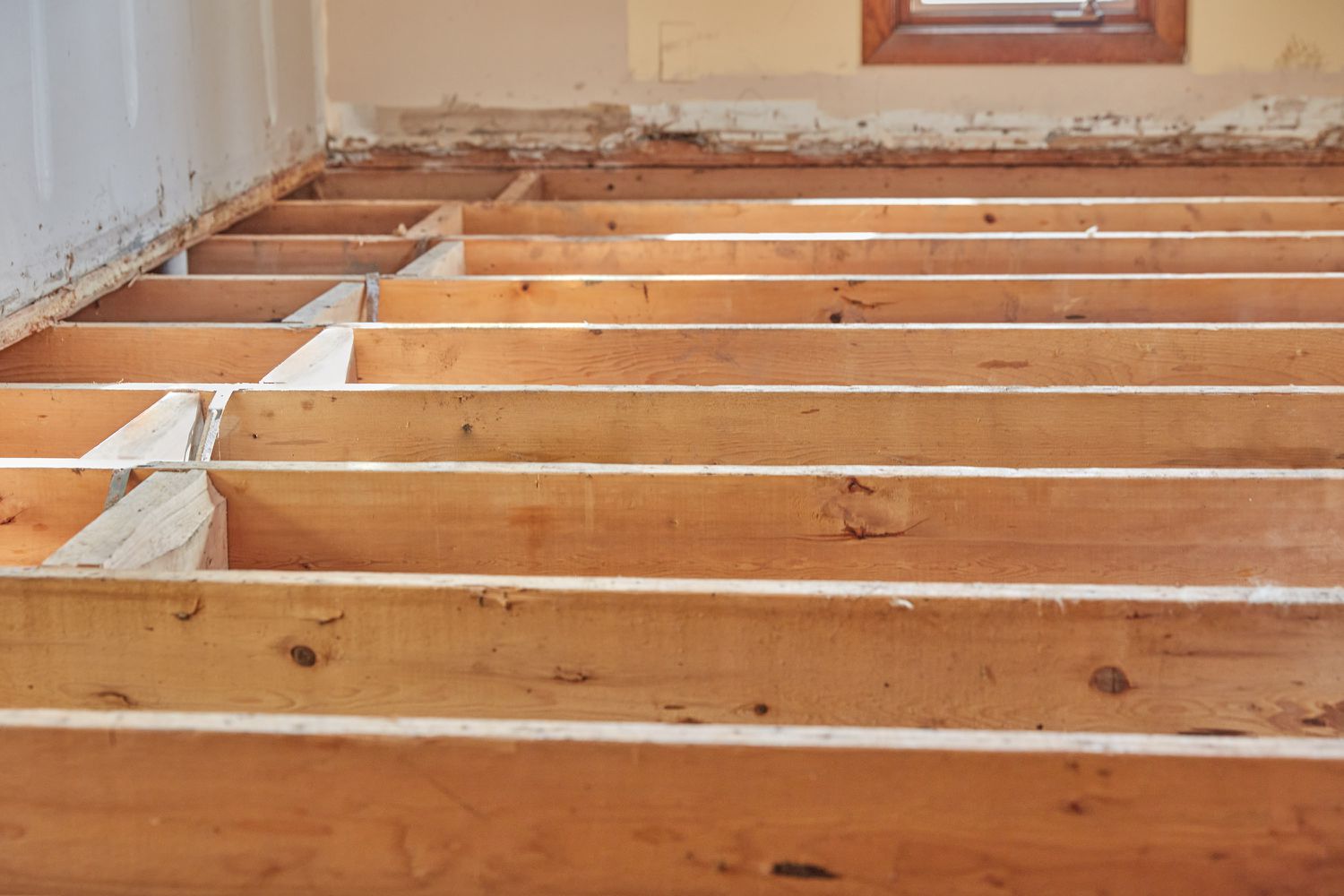
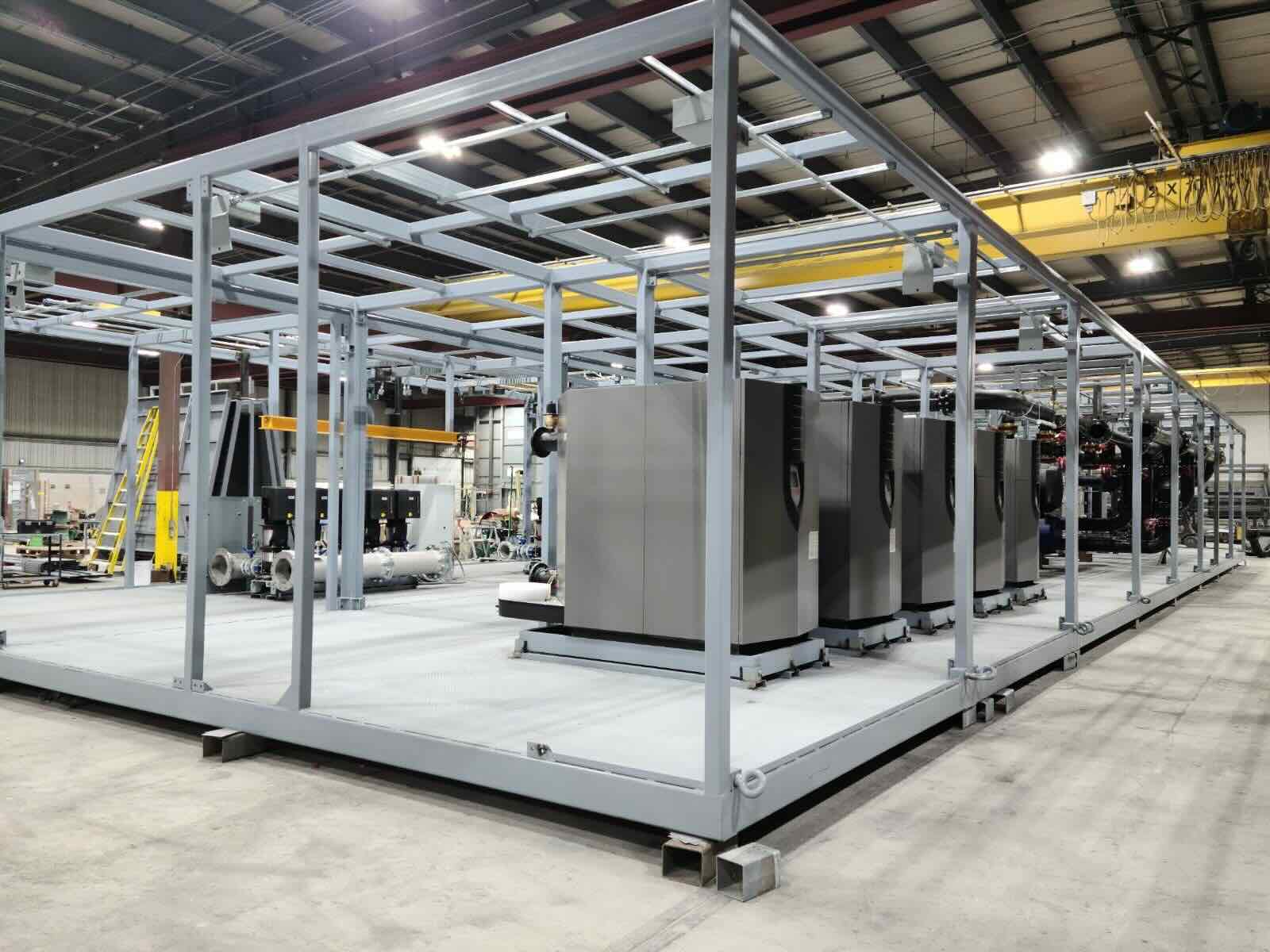

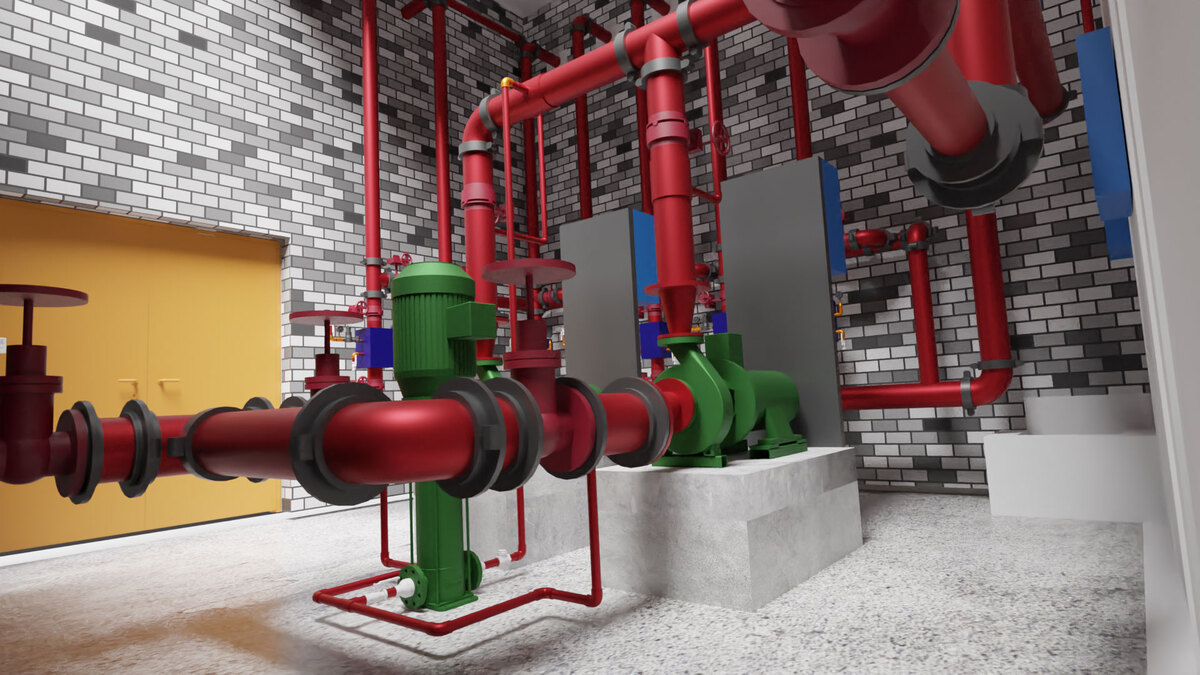

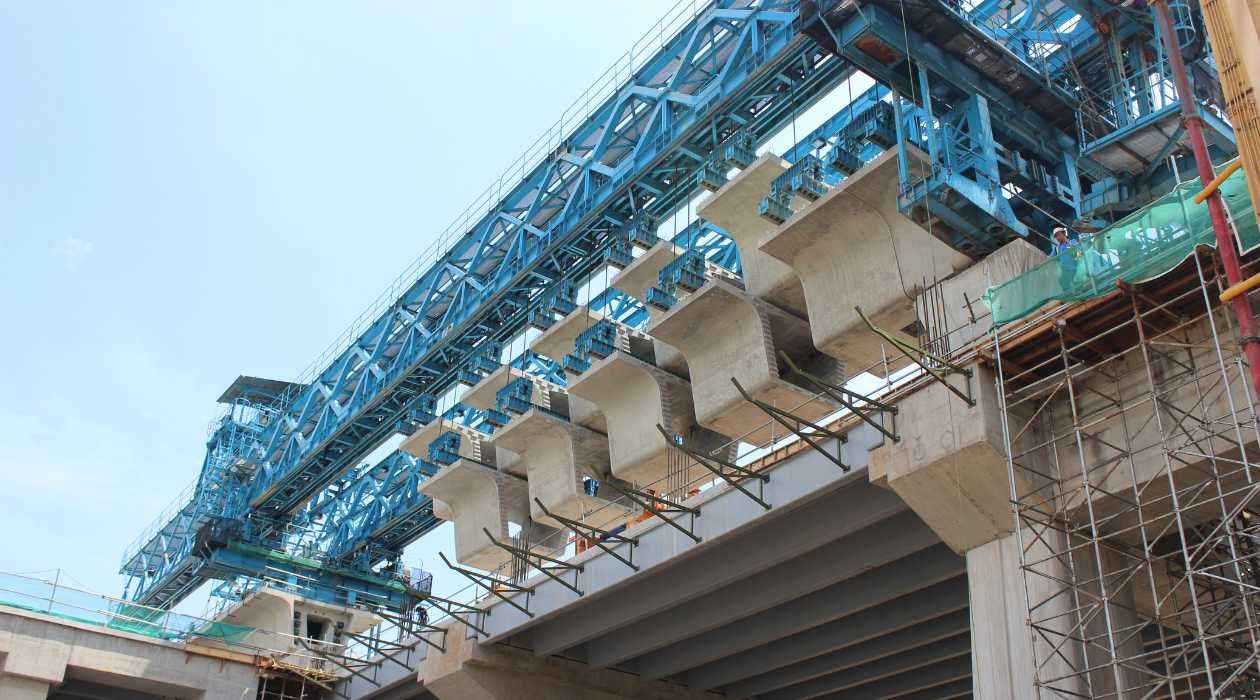

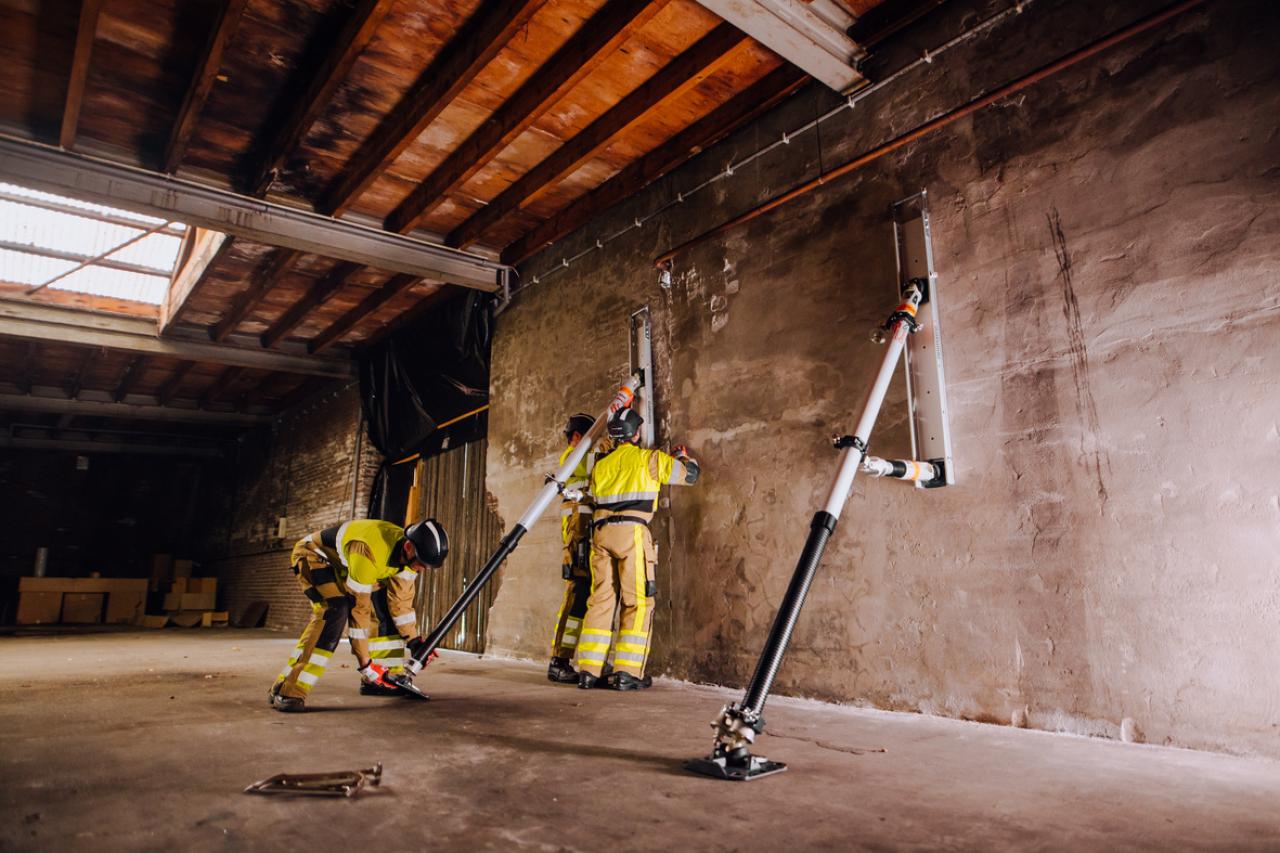




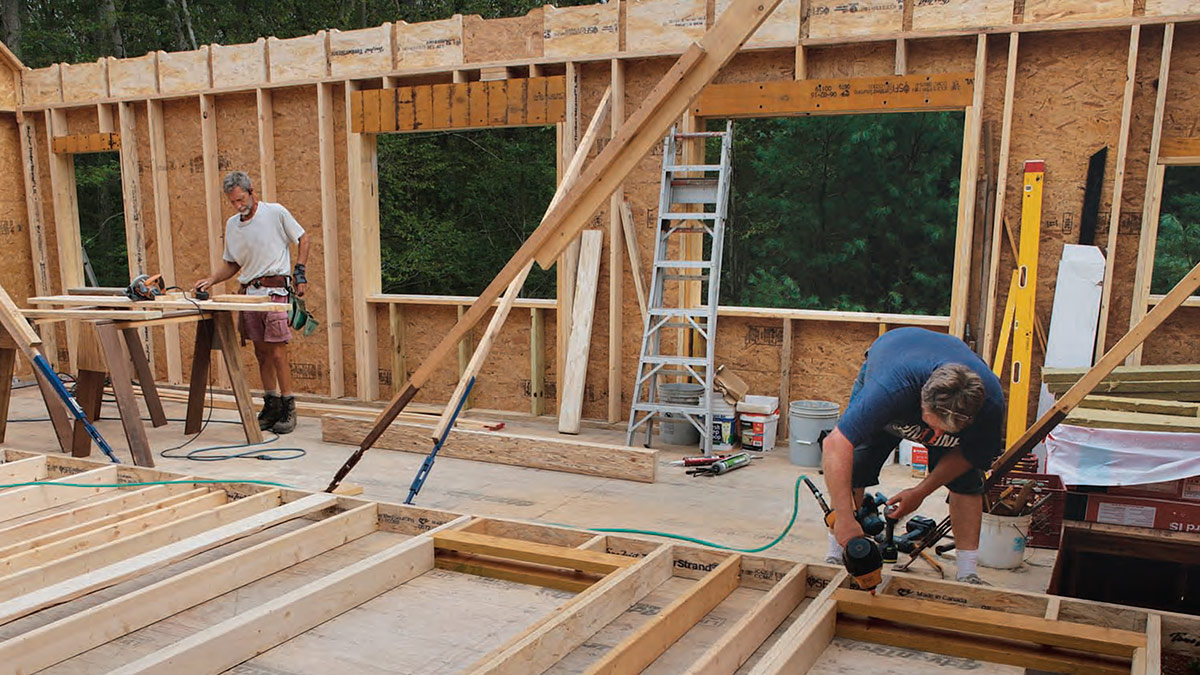

0 thoughts on “What Is Backfill In Construction”